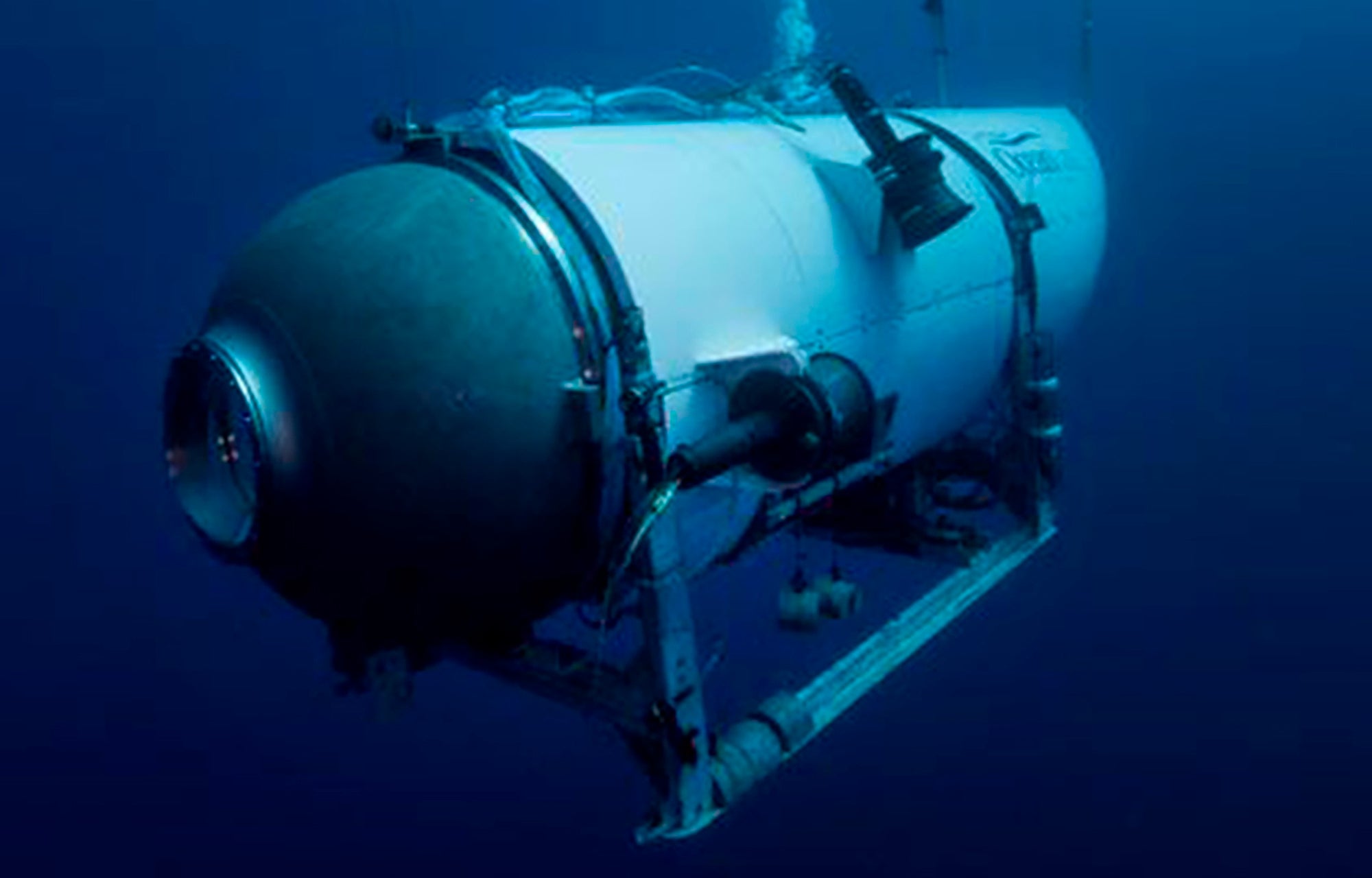What happens during a catastrophic implosion? Titan submersible occupants likely died instantly
The Titan submersible suffered a catastrophic implosion that experts say likely killed its pilot and four passengers instantly amid intense pressure in the North Atlantic’s deep waters

The Titan submersible suffered a catastrophic implosion that likely killed its pilot and four passengers instantly amid the intense water pressure in the deep North Atlantic, experts said.
Maritime researchers called an implosion the worst possible outcome of all the scenarios envisioned during the desperate round-the-clock search to find the missing vessel.
The craft went missing Sunday and probably imploded that same day, according to an “anomaly” detected by a U.S. Navy acoustics system, but the international search effort continued because authorities did not consider the information to be definitive.
The Coast Guard announced the deaths from a “catastrophic implosion” on Thursday. Crews are still looking for evidence of what occurred near the Titanic shipwreck, 12,500 feet (3,800 meters) below the surface.
Experts had cautioned that under intense pressure at extreme depths the Titan’s hull could implode, which would result in instant death for anyone aboard the vessel.
“I don’t think people can appreciate the amazing energy involved in the destructive process of an implosion,” Bob Ballard, a member of the team that found the Titanic wreck in 1985, told ABC News. "It just takes out and literally shreds everything.”
While OceanGate Expeditions, which owned and operated the craft, touted the Titan's roomier cylinder-shaped cabin made of a carbon-fiber, industry experts say it was a departure from the sphere-shaped cabins made of titanium used by most submersibles.
A sphere is a “perfect shape” because water pressure is exerted equally on all areas, said Chris Roman, a professor at the University of Rhode Island’s Graduate School of Oceanography.
The 22-foot long (6.7-meter long), 23,000-pound (10,432-kilogram) Titan’s larger internal volume — while still cramped with a maximum of five seated people — meant it was subjected to more external pressure.
The water pressure at 12,500 feet (3,800 meters) below the surface at the site of the Titanic wreck is roughly 400 atmospheres or 6,000 pounds per square inch.
Though the Titan had a composite hull with inbuilt sensors that could withstand high pressures near the seafloor, any defect could result in a “near instantaneous implosion” in less than 40 milliseconds, said associate professor Eric Fusil, director of the Shipbuilding Hub at the University of Adelaide in Australia.
The Titan had made more than two dozen deep-sea dives, which put repeated stress on the hull, said Jasper Graham-Jones, an associate professor of mechanical and marine engineering at the University of Plymouth in the United Kingdom.
That stress could potentially cause delamination, a horizontal splitting of the carbon-fiber hull, he said.
Neither the Coast Guard nor OceanGate Expeditions have provided details on the implosion.
A similar disaster occurred in 1963 when the USS Thresher, a nuclear-powered submarine, likely imploded when it exceeded "test depth” after a series of other failures. Killed were 129 sailors and civilians on a routine test dive off Cape Cod.



Bookmark popover
Removed from bookmarks